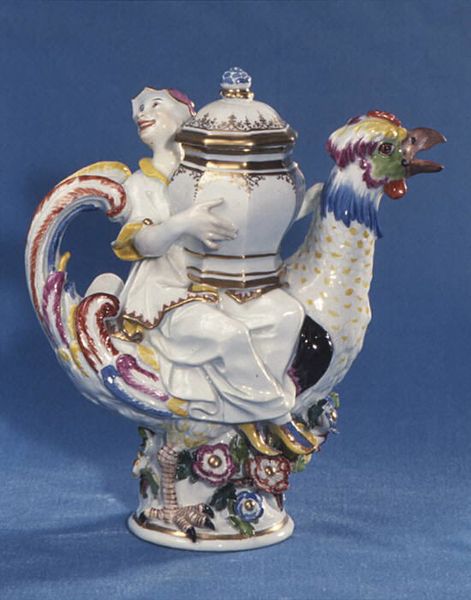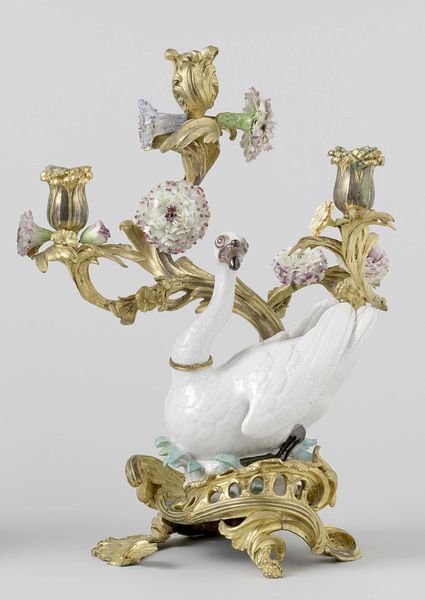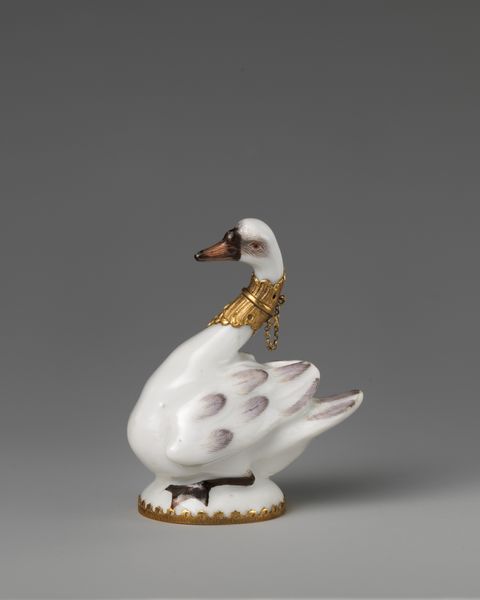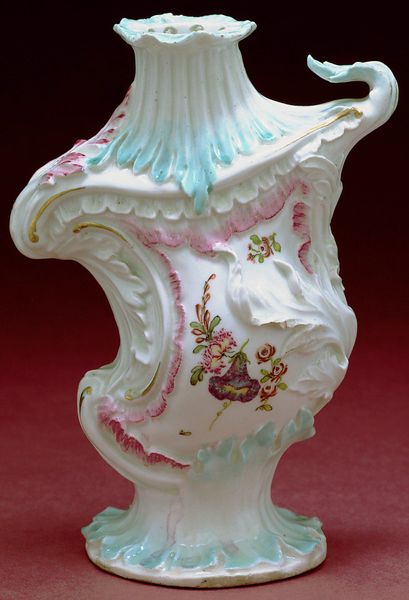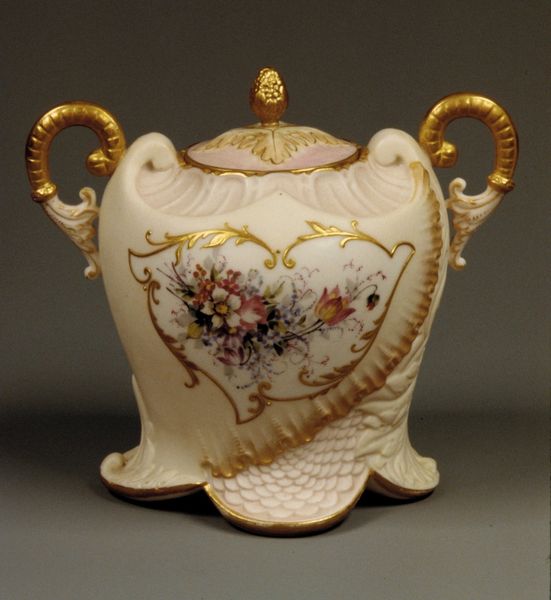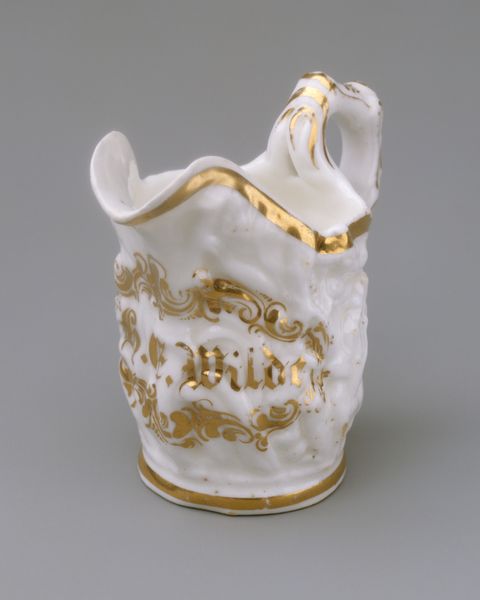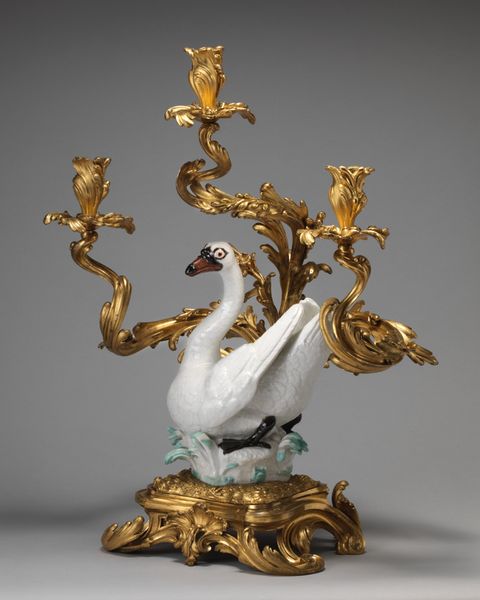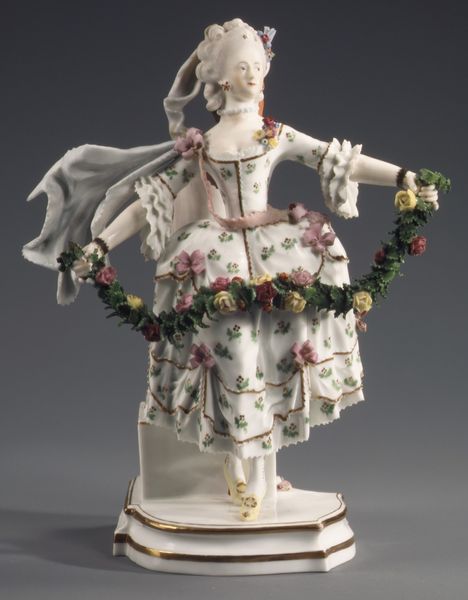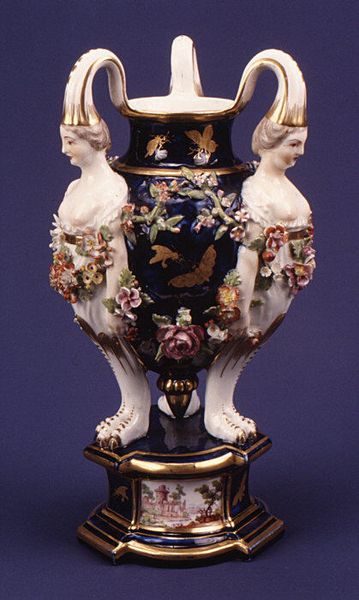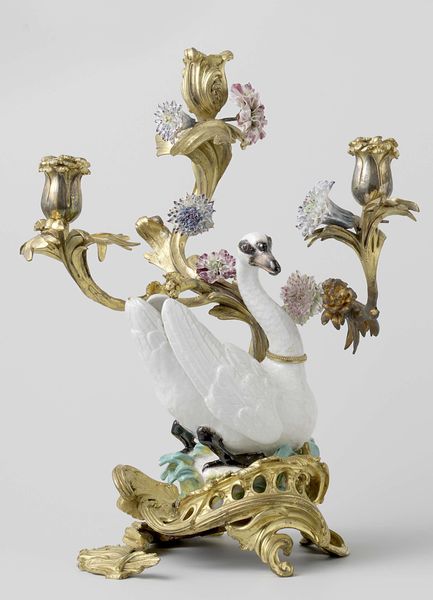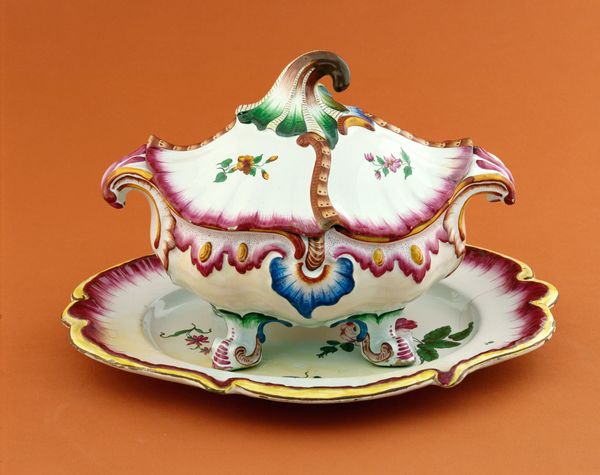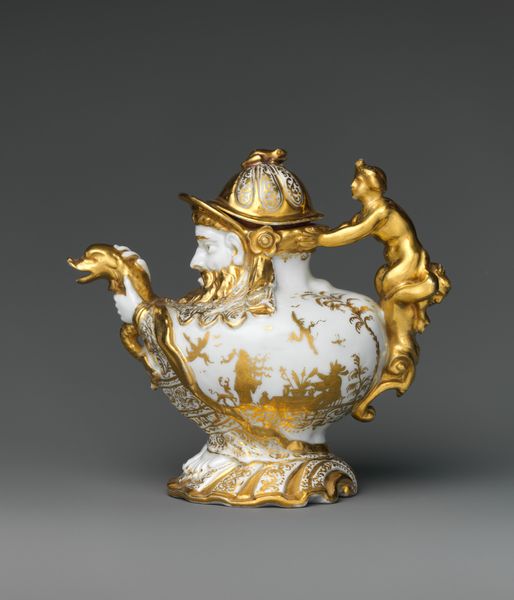
ceramic, porcelain, sculpture
#
baroque
#
ceramic
#
porcelain
#
figuration
#
sculpture
#
rococo
Dimensions: H. 9-1/4 in. (23.5 cm.)
Copyright: Public Domain
This porcelain sugar caster was made by the Meissen Manufactory sometime after 1710. In the eighteenth century, sugar was a luxury item. As Europe expanded its reach through colonialism, plantations in the Americas relied on enslaved labor to produce sugar. This object, then, is more than a simple table decoration. It is a symbol of wealth and status, intricately bound to a brutal history of exploitation and trade. The swan itself, with its elegant form, is laden with cultural meaning. Swans, often symbols of purity and grace, were also associated with royalty and aristocracy, further emphasizing the exclusivity of sugar. This caster does more than just hold sugar; it embodies the complex intersection of luxury, class, and the dark legacy of colonialism. It invites us to reflect on the things we consume and the intertwined histories of beauty, desire, and injustice.
Comments
No comments
Be the first to comment and join the conversation on the ultimate creative platform.
